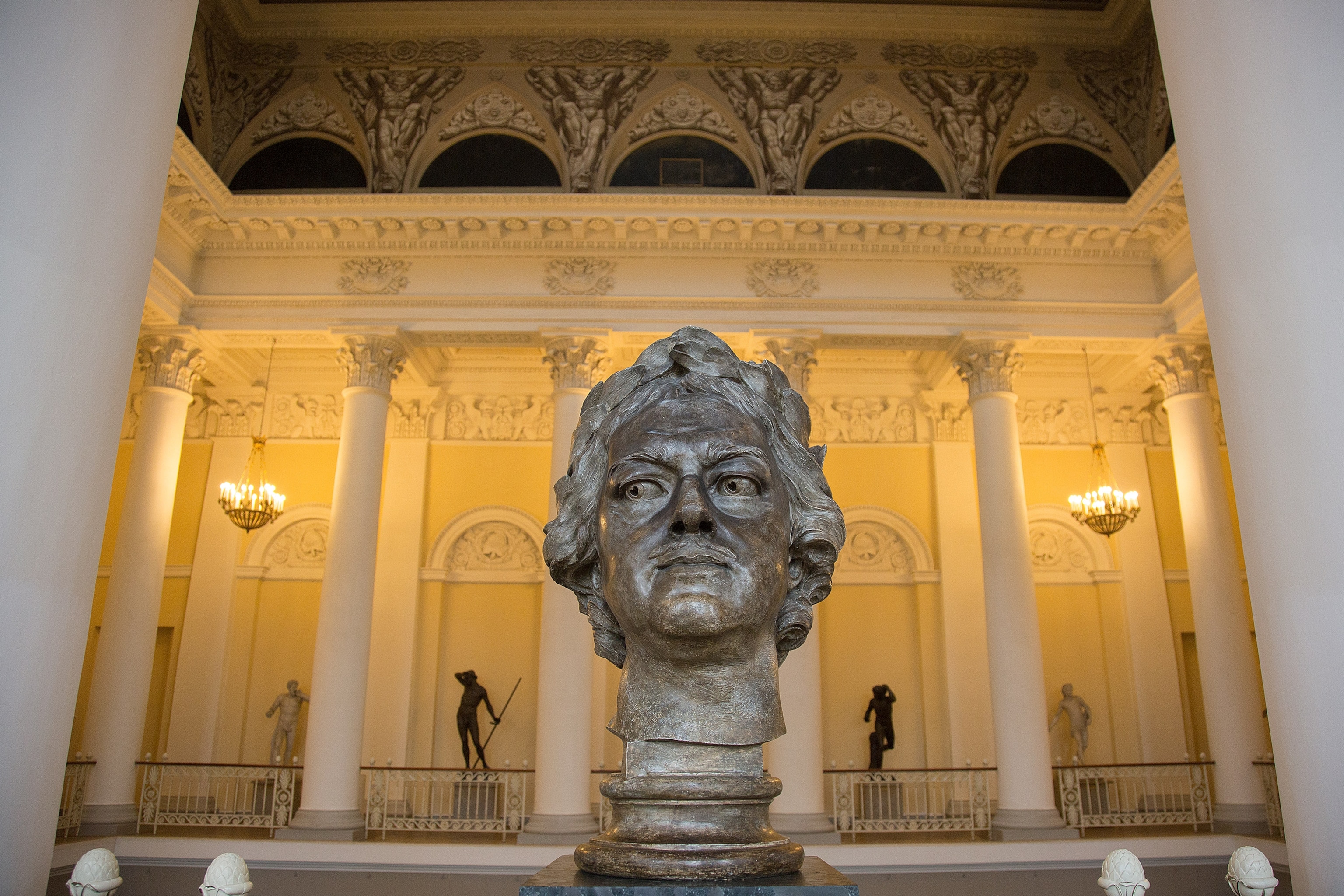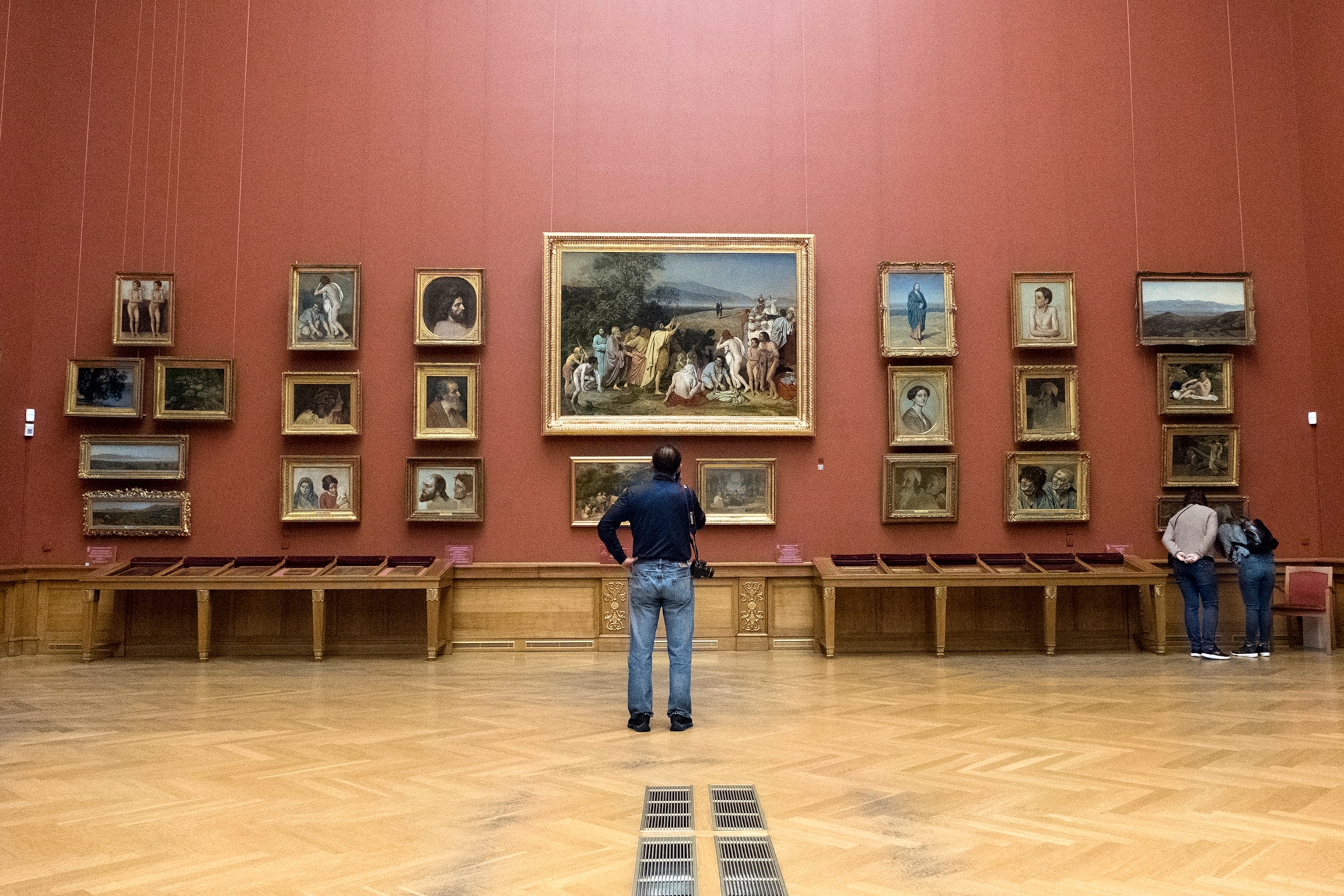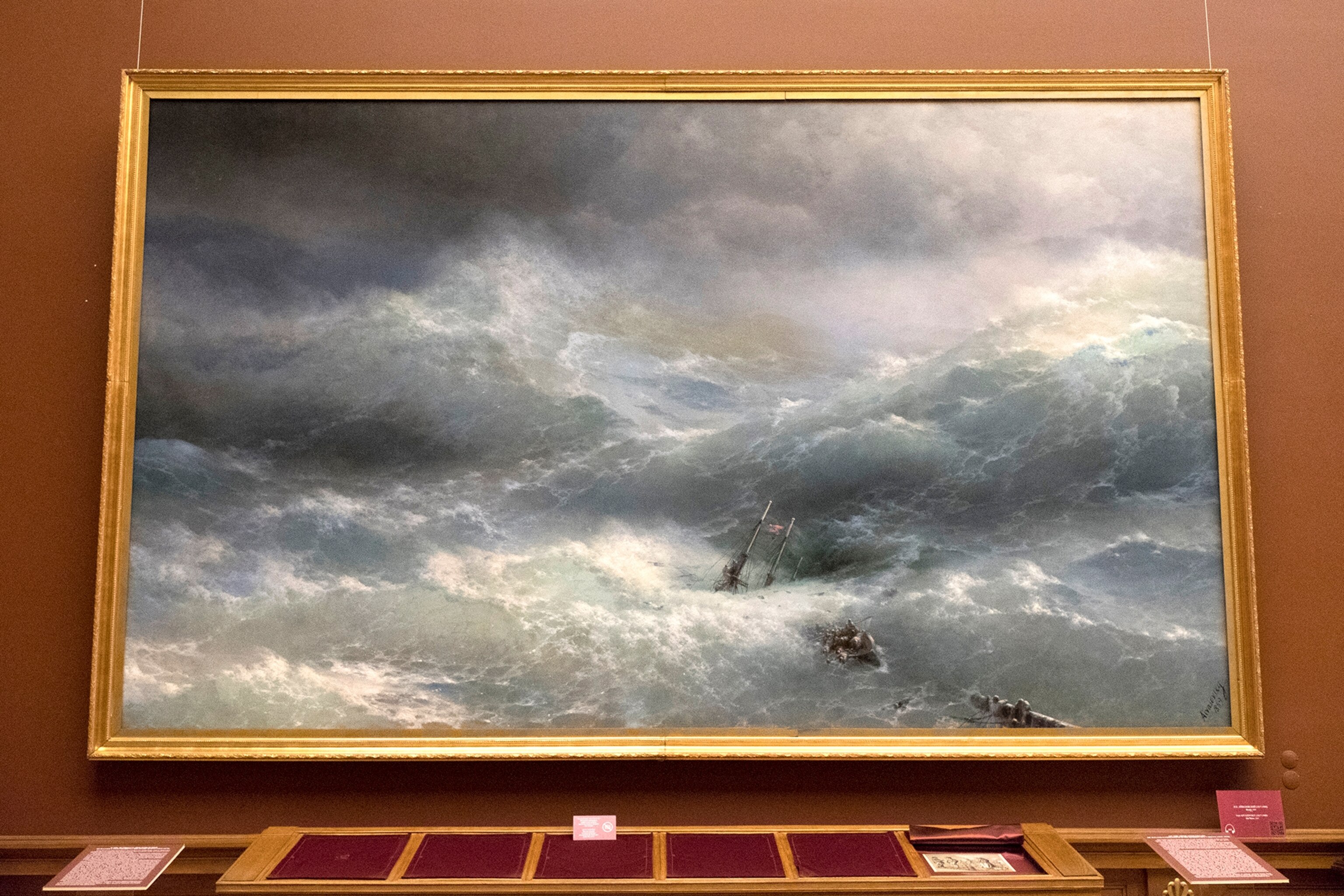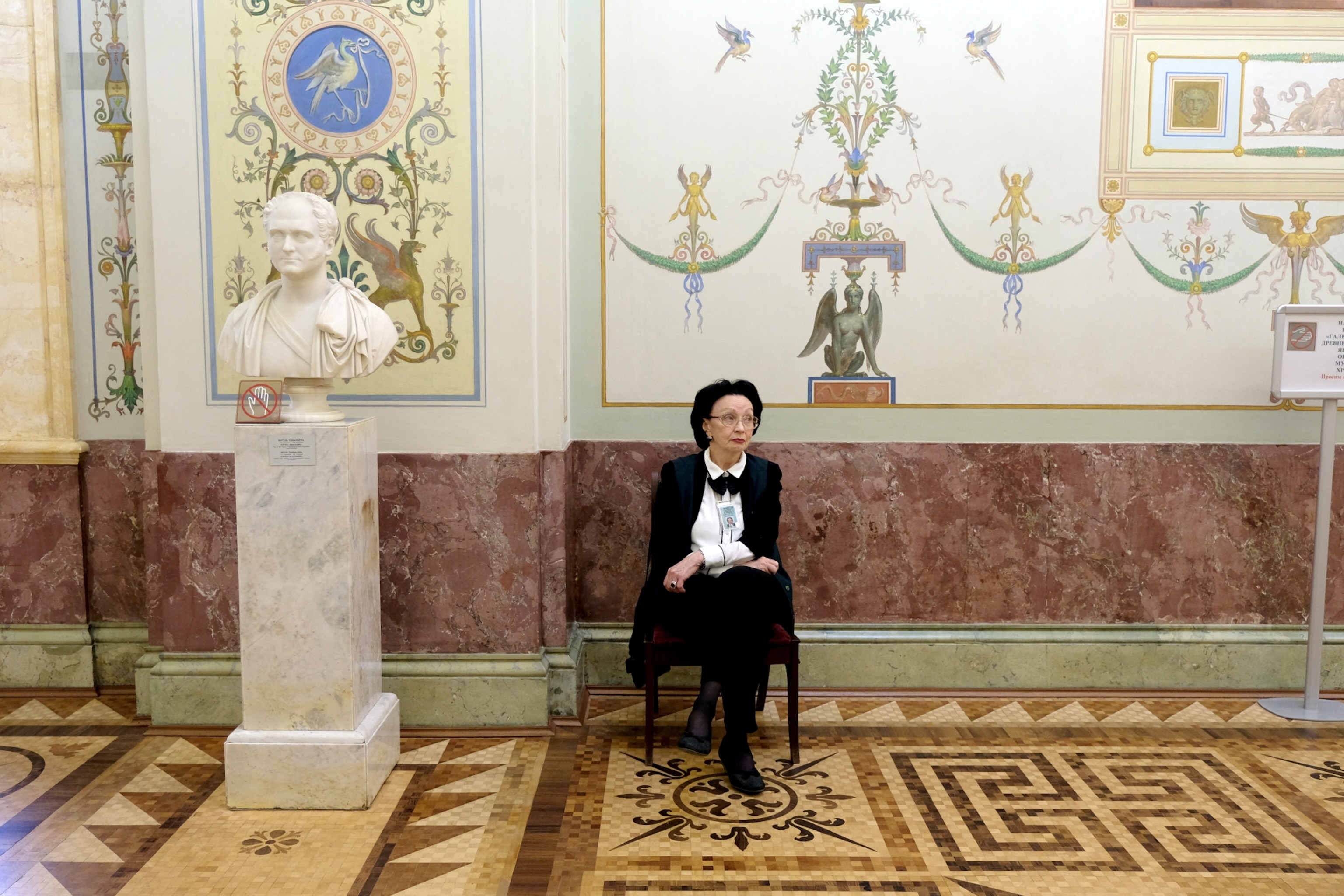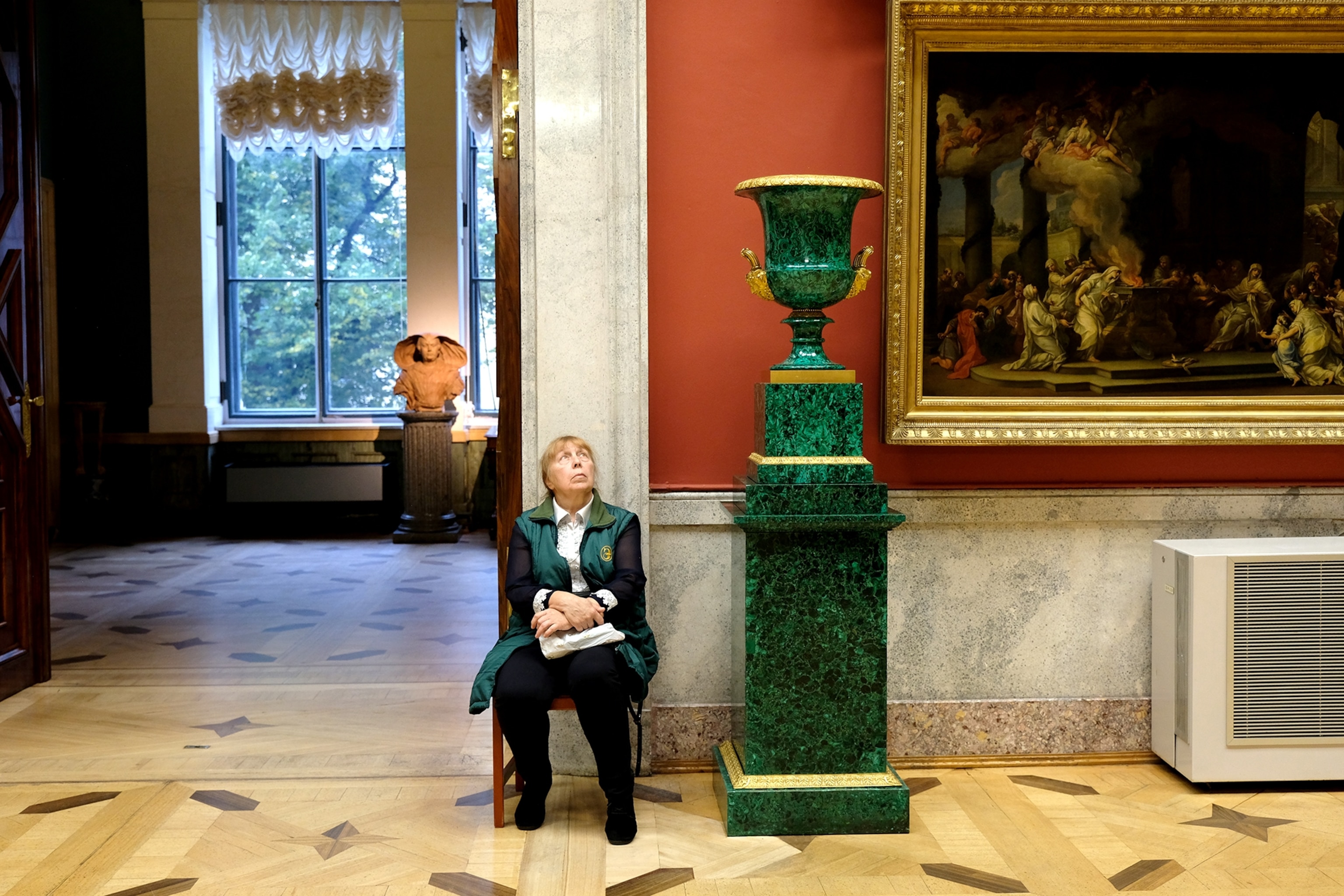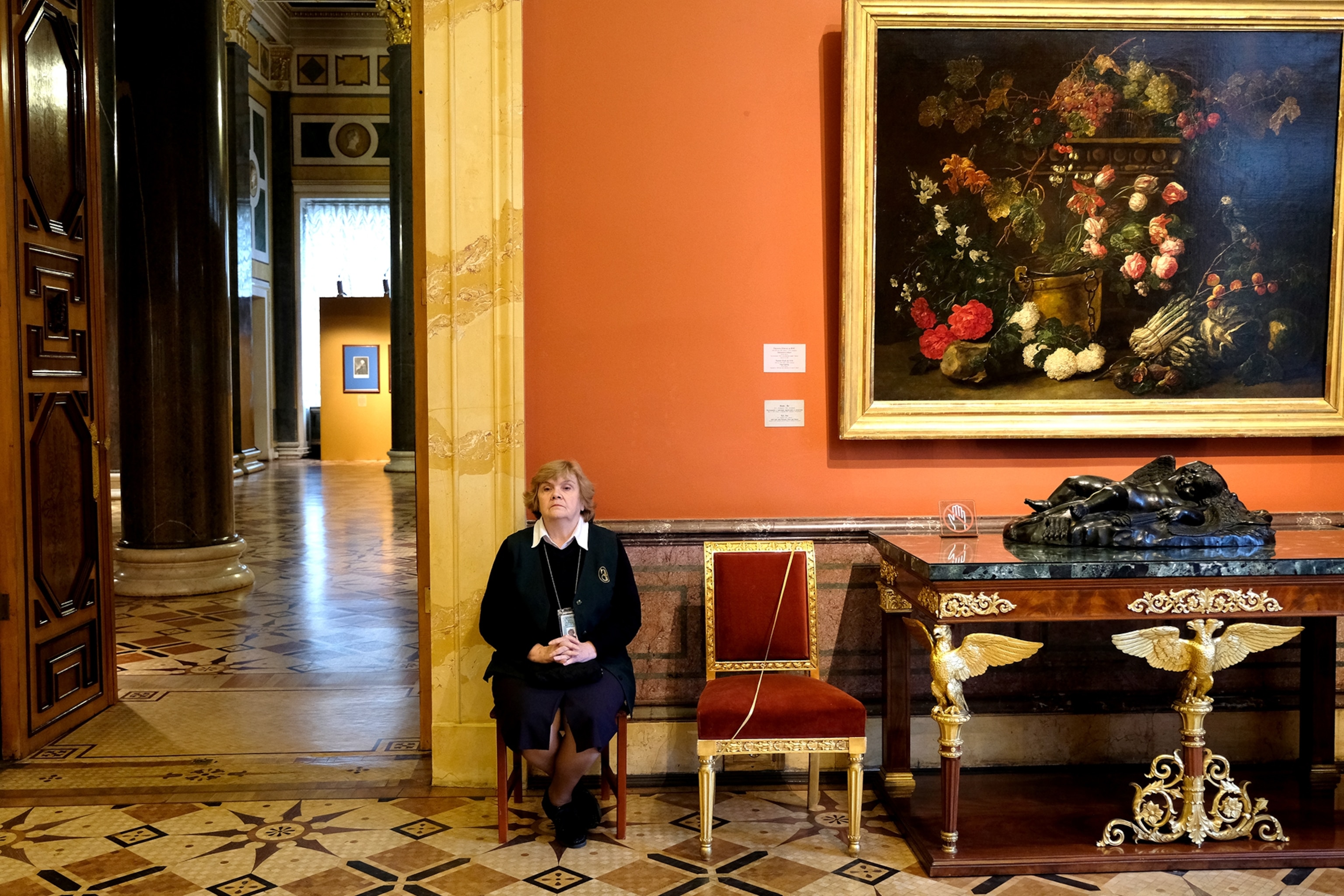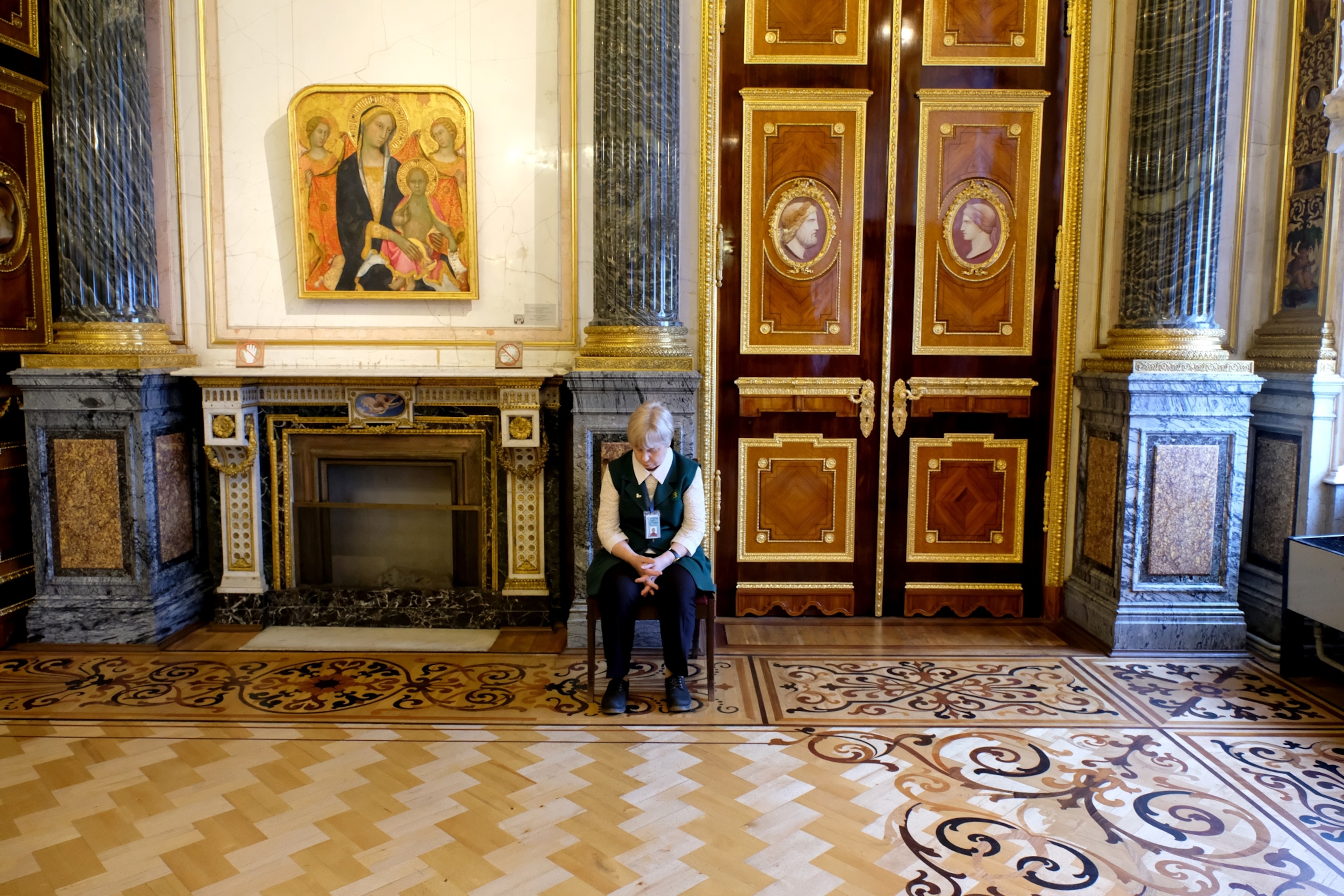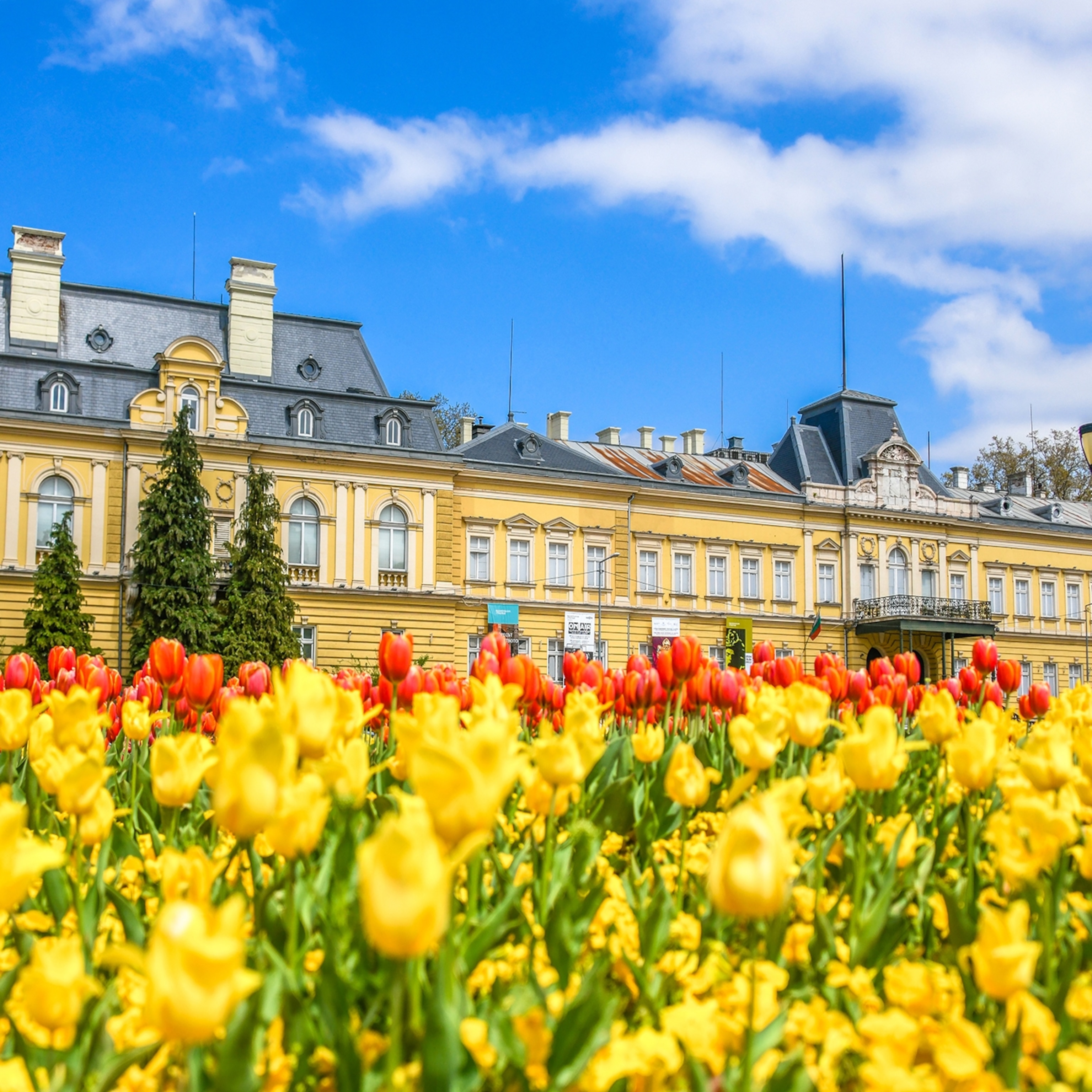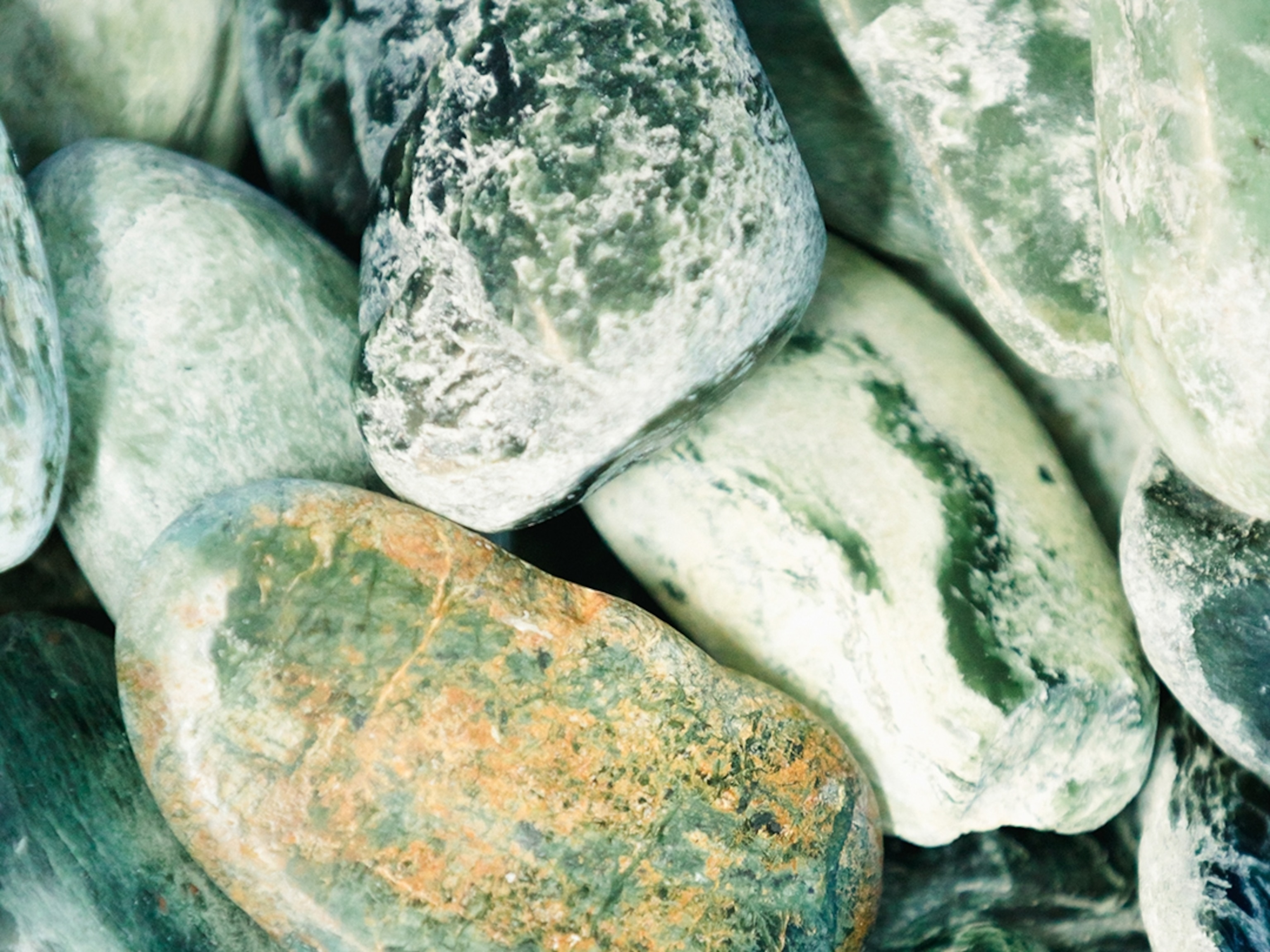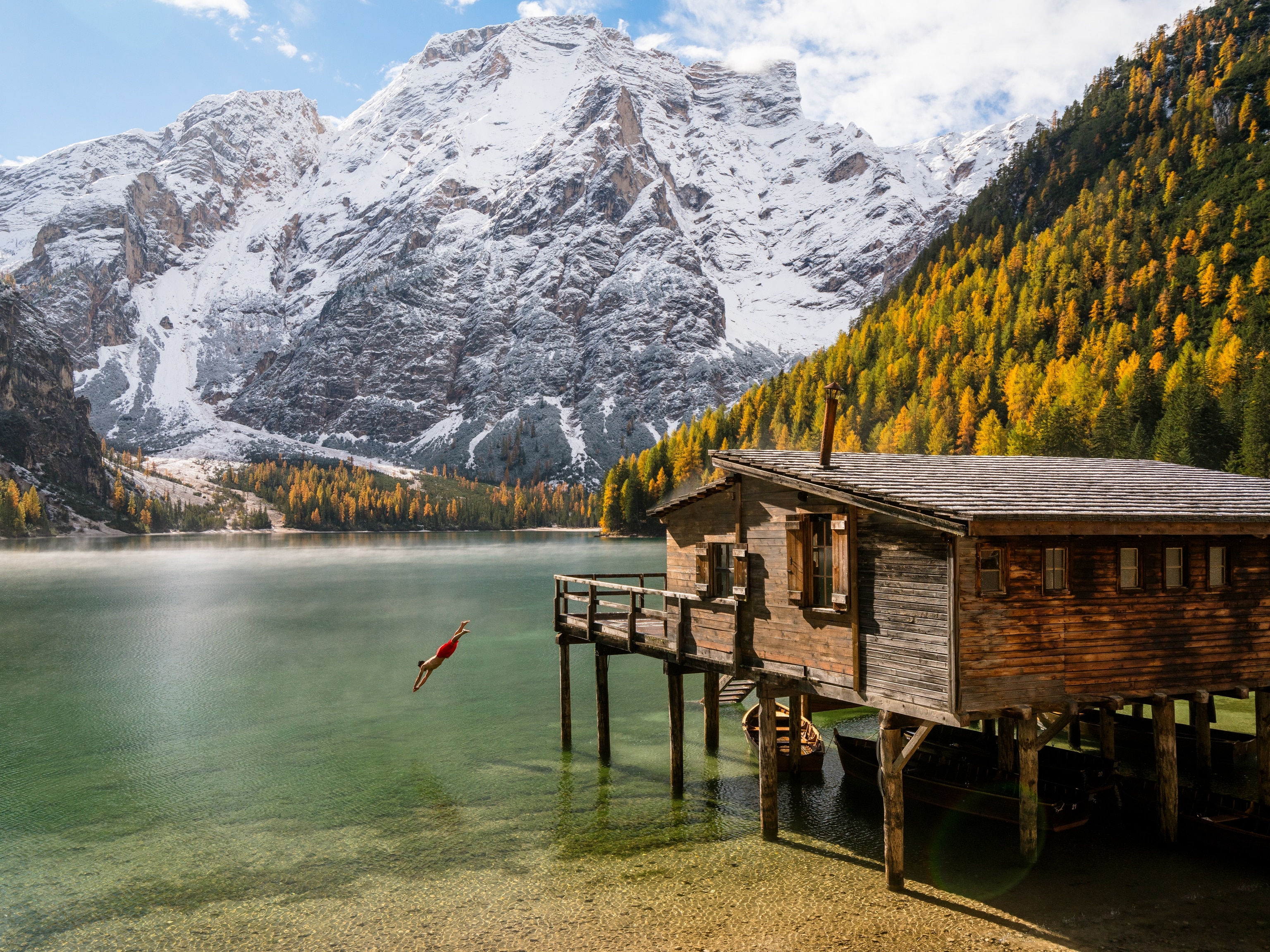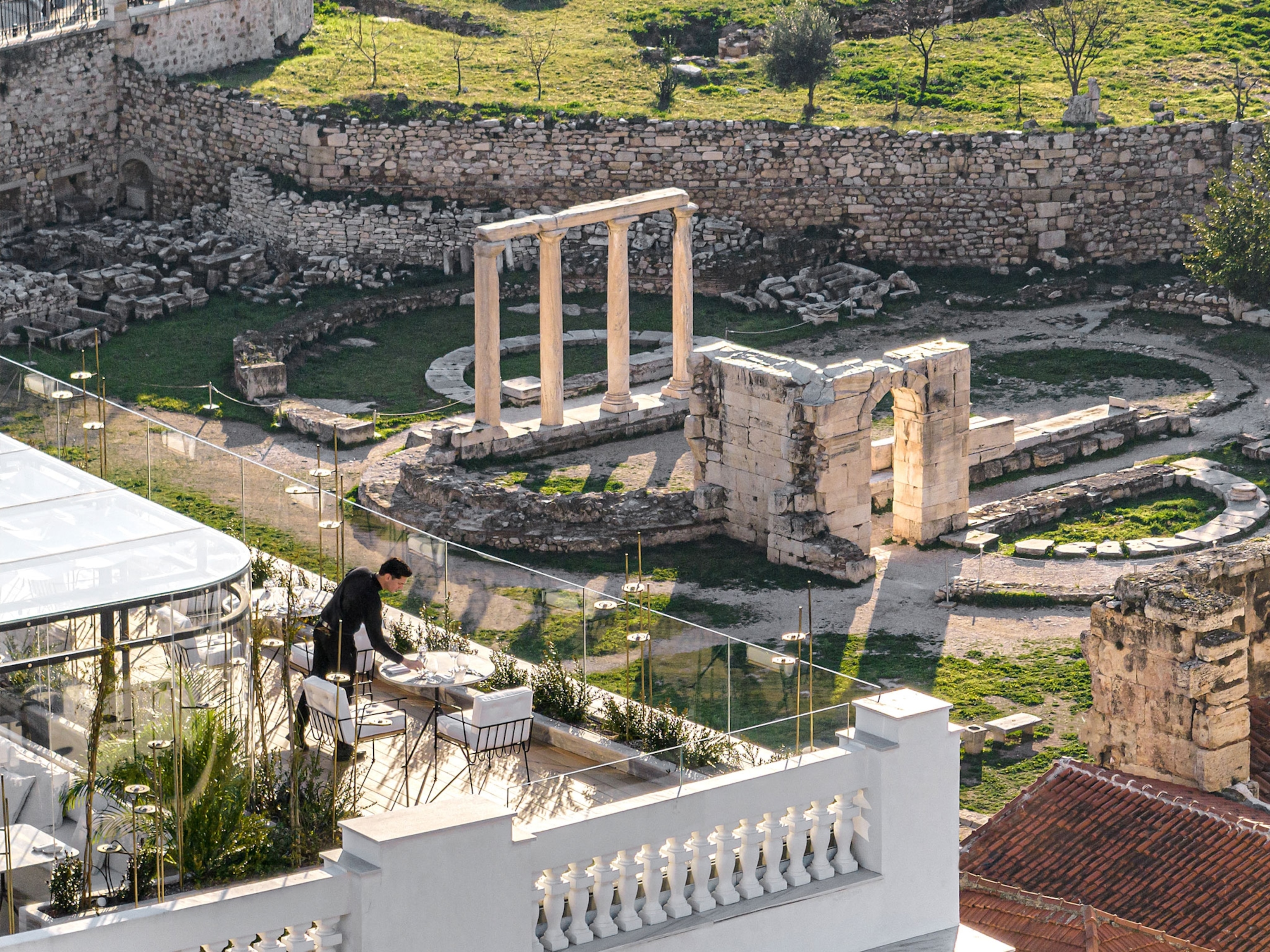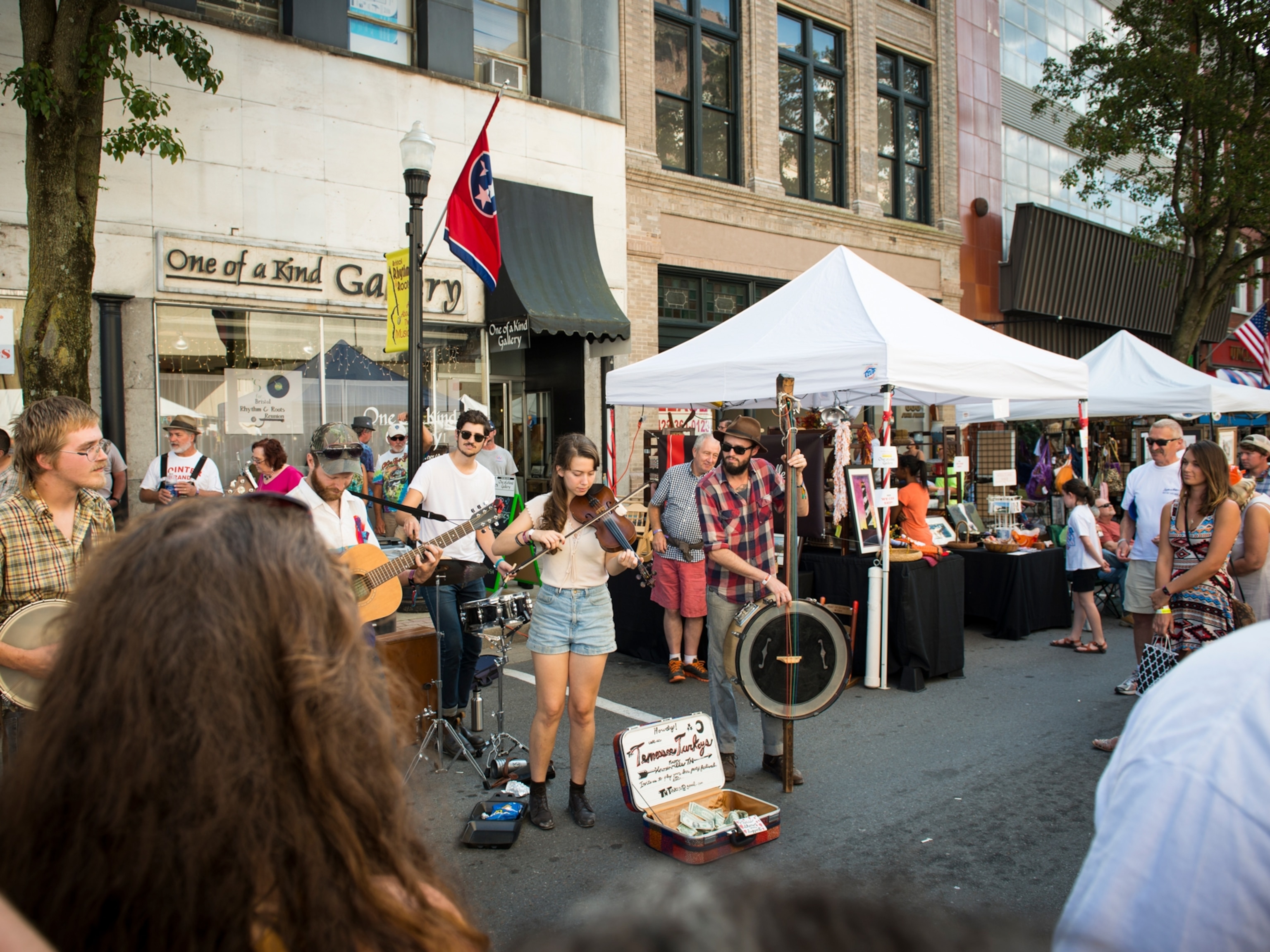
5 Cultural Gems in Russia's Imperial Capital
From the iconic to the unexpected to the hidden, these museums will give you a well-rounded visit to St. Petersburg.
Art is everywhere in Russia’s second largest city, one of the world’s great cultural destinations.
St. Petersburg is a city of art. Peter the Great’s imperial capital is now Russia’s indisputable cultural hub, home to world-famous ballet, theater, and more. For fine arts, it’s unparalleled. Of the long list of museums in St. Petersburg (or Piter, as Russians call it), here are the five you absolutely can’t miss.
State Russian Museum
To immerse yourself in the art of this country, head to the sprawling State Russian Museum, home of the world’s largest collection of Russian works: more than 400,000 pieces spanning the 10th-21st centuries. Opened in 1898 by Tsar Nicolas II in memory of his father, Alexander III, the museum was the first of Russian art anywhere. Its permanent collection includes major pieces by Karl Brullov, Ivan Aivazovsky, Alexander Ivanov, and Vasily Kandinsky, just to name a few.
The museum complex covers a total of 40 hectares in the middle of the city; the main museum is housed in the yellow-stoned, neoclassical Mikhailovsky Palace. There’s also St. Michael’s Castle and the Marble, Stroganov, and Summer Palaces, as well as three gardens, including the Summer Garden, Peter I’s great pride and joy. The first St. Petersburg “palace” of Peter the Great, a three-room cabin built in 1703 that now sits across the Neva River on Petrograd Island, is a branch of the museum.
Hermitage Museum
The unquestionable crown jewel of Russia’s museums—not just St. Petersburg’s—is the Hermitage, a vast complex that ranks as the second largest museum in the world. The beauty starts with the buildings themselves: six structures along the Neva River, dominated by the baroque, aqua-and-white Winter Palace that looks like a jeweler’s creation. It was finished in 1764, the same year that Catherine the Great founded the Hermitage with a collection of paintings she purchased from a Berlin merchant.
Today, the museum includes more than three million works of art and cultural artifacts. There are paintings by Raphael, Rembrandt, van Gogh, Titian, Rubens, and Picasso; sculpture by Michelangelo; galleries of ancient armor and weapons; Empress Maria Alexandrovna’s ruby red boudoir; Tsar Nicolas II’s private library—and much, much more.
Erarta Museum

A newcomer to St. Petersburg’s museum scene is the clever Erarta Museum of Contemporary Art, housed in a neoclassical Stalinist building once home to the Synthetic Rubber Research Institute of the Soviet Union. The Erarta (“Era” and “Arta,” or Era of Art) opened in 2010 with the goal of bringing contemporary art to as many people as possible.
In addition to the 2,800-plus works of art in its permanent collection, the Erarta also architects its own creative projects. One, called U-Space, immerses the visitor privately in chambers designed to evoke certain emotions or feelings. Another, Theater With No Actors, is a play where the paintings are the characters. The Erarta also hosts concerts, screenings, lectures, and live theater performances.
The shopping is good here, too: Besides the usual gift shop, there’s a gallery with original works for sale, a specialized bookstore, and Erarta Home, which has home decor items and custom prints. There’s even an interior design service, Erarta Design, in case you’re inspired to up your game at home.
Fabergé Museum
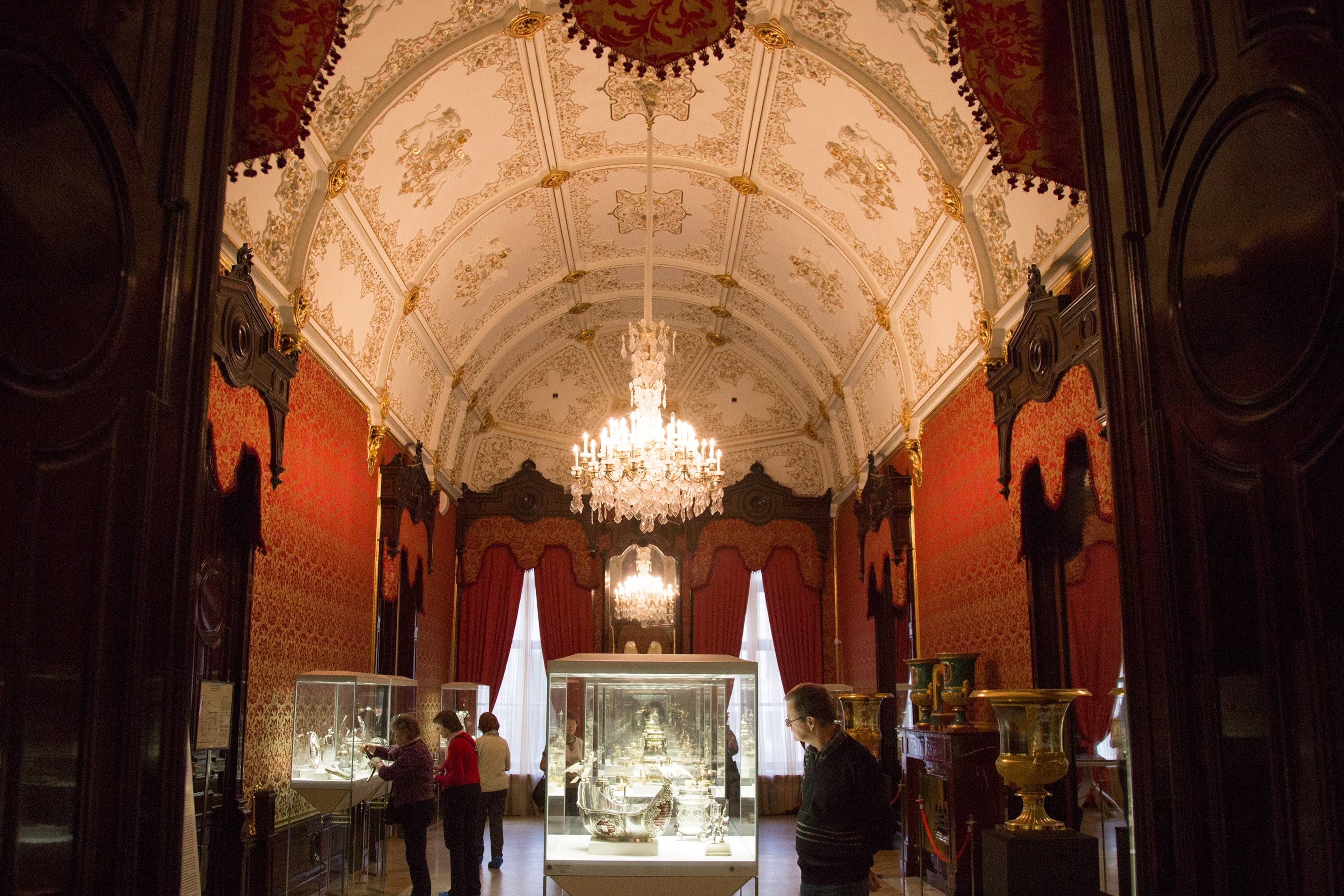
In 1885, Tsar Alexander III asked St. Petersburg jeweler Peter Carl Fabergé to design an Easter surprise for his wife, Empress Maria Feodorovna. Fabergé’s creation, a large egg that opened to reveal gold surprises inside, charmed the tsarina and led the tsar to order a new one every year, a tradition continued by his son, Tsar Nicolas II. Fabergé’s eggs became more elaborate each year, featuring precious gems and ornate designs.
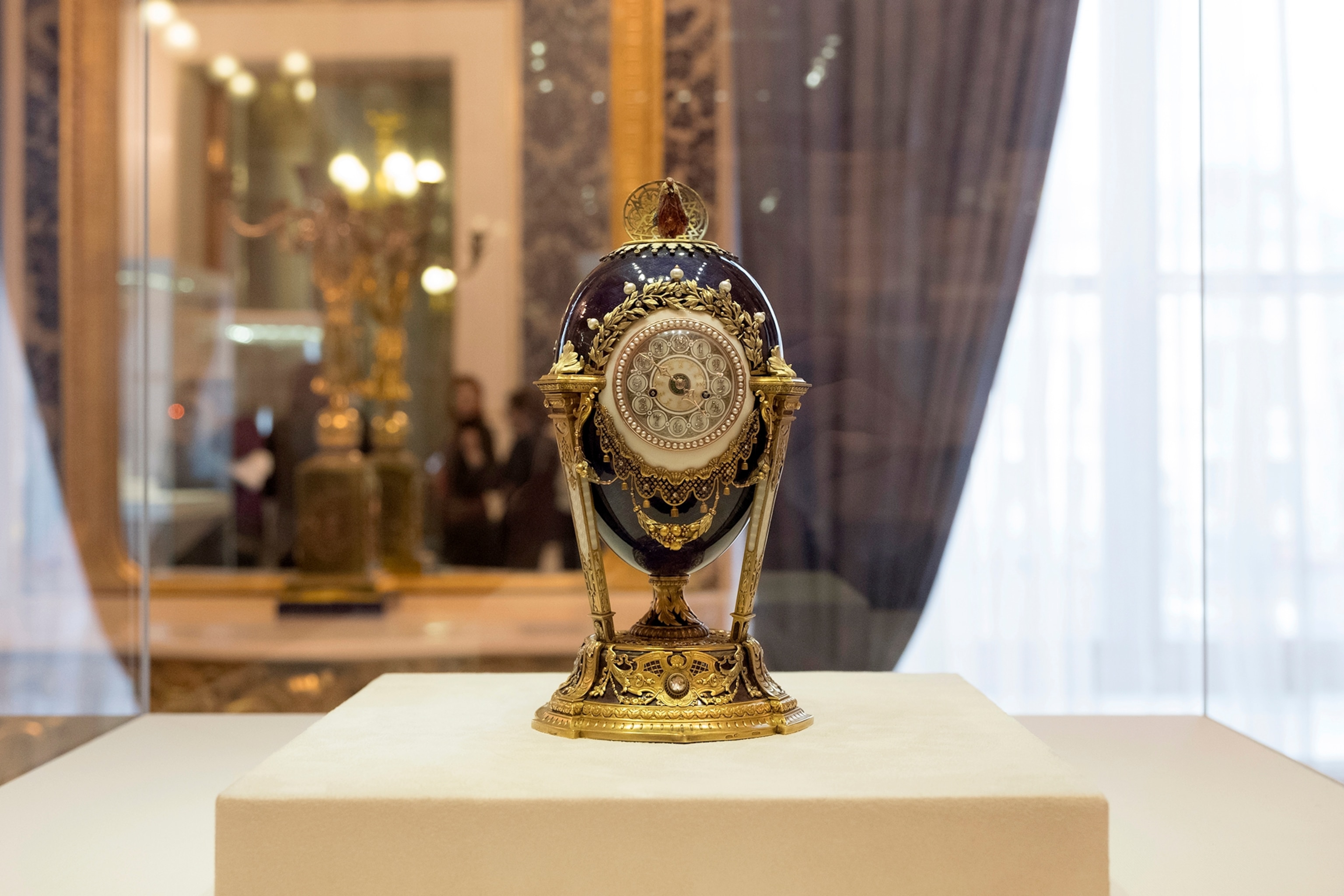

- National Geographic Expeditions
The Fabergé Museum has a collection of 15 of the jeweler’s famous eggs, including nine that were made for the royal family. The “Lilies of the Valley” egg, made in 1898, is an art nouveau wonder of pearls, diamonds, and rose enamel; portraits of Nicolas and two of his daughters pop up when a pearl pin is turned. The brilliant blue “Cockerel” egg made in 1900 has a clock face and a hidden bird that appears at the press of a button to crow and flap his wings. The museum also contains some 4,000 items of Russian art, all housed in a building that’s a masterpiece itself: the neoclassical Shuvalov Palace, built in the late 18th century along the Fontanka River.
Samoilov Family Museum
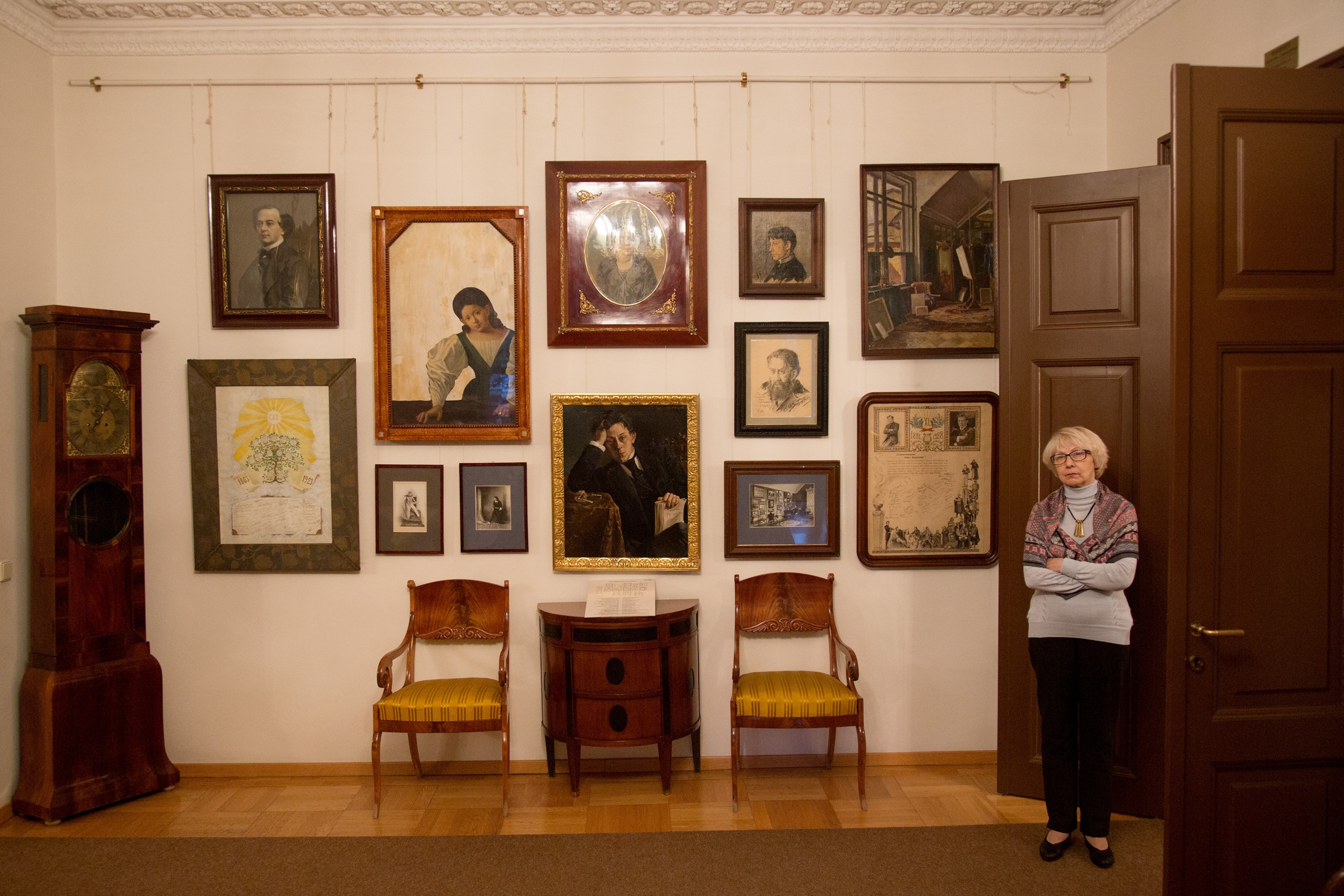
If you’ve had your fill of oil paintings and jeweled eggs, head to the Samoilov Family Museum for a taste of St. Petersburg’s theater arts. This unique museum is in an apartment—actually, the museum is the apartment—on the second floor of a building just off Nevsky Prospekt that’s now the Corinthia Hotel. For nearly 20 years in the mid-1880s, Russian theater legend Vassily Vassilievich Samoilov made his home here, and the flat has been turned into a museum commemorating the actor and his family.
Vassily was a triple threat—opera singer, stage actor, and painter—and the most well known member of the Samoilov theater dynasty, which spanned several generations. The museum, which is part of the St. Petersburg State Museum of Theatre and Music, includes personal belongings and furniture of the family, portraits painted by Vassily himself, and artifacts that shine a light on St. Petersburg’s theatrical culture in the 19th and early 20th centuries. There’s also a small concert hall where chamber music and other concerts take place; the Samoilovs frequently held small musical gatherings there.
